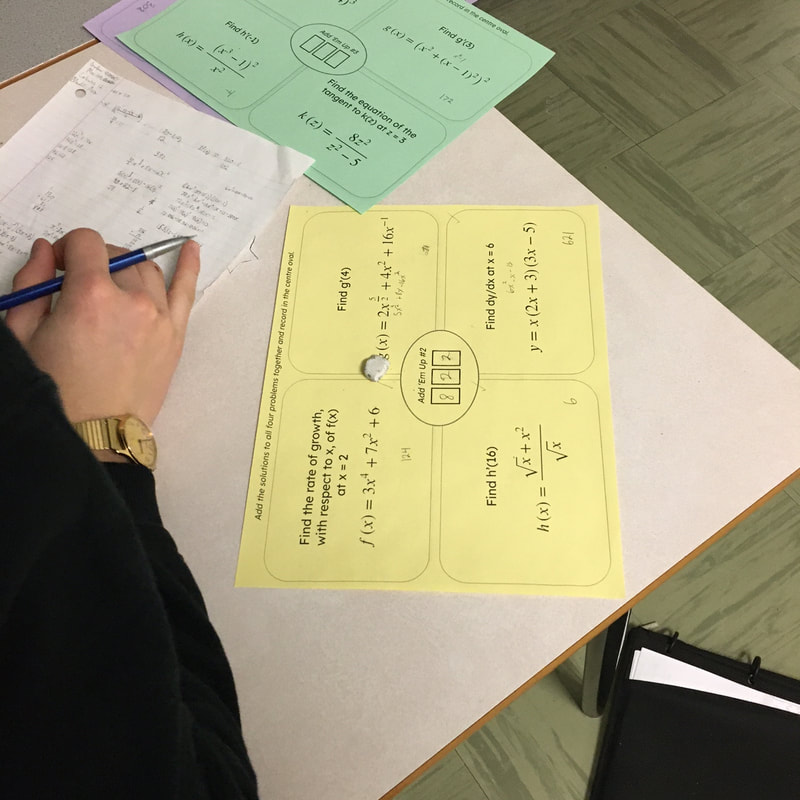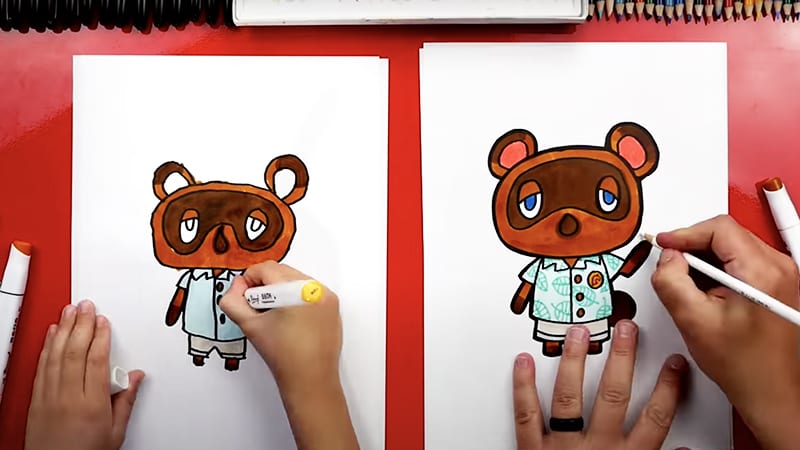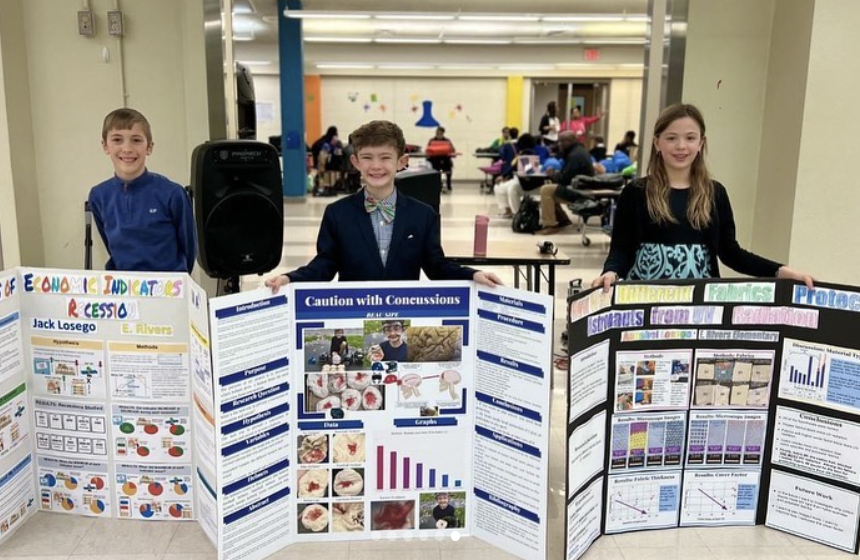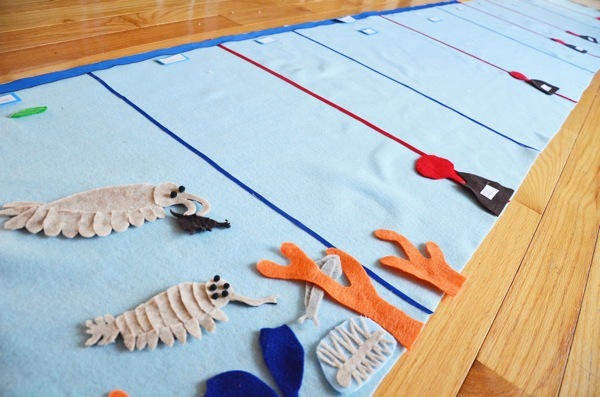Tired of seeing students’ glazed-over eyes? Is it getting harder to motivate your students to complete classroom tasks? Well, I’m here to help get that excited light back into your students’ eyes and get them eager for that next lesson. These 25 student engagement strategies—which work across all subjects—will transform your classroom from textbook-bored to animated and electrically pulsed. Read and discover how to turn passive learners into interested readers, history buffs, math whizzes, and science enthusiasts!
Jump to:
General Student Engagement Strategies
These strategies work well for all subjects.
1. Bring in the experts
Livestreaming can shake up the atmosphere of the classroom. Imagine a renowned scientist explaining a concept or an expert chronicler bringing history to life, all in real-time.
No matter if it’s a guest lecturer across town or an expert from another school, live video adds a dynamic layer to learning. Students get exposed to fresh perspectives, ask questions in real time, and experience a modern twist on the traditional lesson.
Just add your guest to your preferred platform, like Zoom or Microsoft Teams, and get ready for a class full of engaged and curious students.
2. Collaboration makes the dream work
Students crave connection. Why have them work alone when they can do that at home? Use class time as an opportunity for constructive social interaction. This shift from solo to social learning is what truly engages students—the chance to learn alongside their peers, building knowledge and relationships together.
And there are tons of tools to support this. Google Docs, Padlet, Flip, and MindMeister are just a few that allow students to work on projects together, refining ideas through shared experiences and communication.
Learn more: Fun Ways To Help Your Students Collaborate in the Classroom
3. Use game-based learning
Inject some serious fun into your classroom. Game-based learning platforms make wonderful student engagement strategies. Research has shown the effectiveness of how challenging subjects can become exciting with these interactive tools. They promote interests, up the level of knowledge retention, and personalize students’ individual needs.
Platforms like Baamboozle, Quizizz, and Gametize up student engagement. There is also Prodigy Education, which offers a winning combination for both students and teachers.
FYI, you don’t always need technology to incorporate learning games into your lesson. There are many game ideas out there that can be prepared in minutes.
Learn more: Improv Games for Any Content Area (Except Possibly Math)
4. Provide open-ended projects
When it’s project time, ignite students’ passion by offering a menu of open-ended options. It allows students to participate in their own learning process by giving them choices as well as alternative ways to express what they know about the subject. This caters to diverse learning styles and lets students showcase their knowledge in unique ways.
Imagine students:
- Designing eye-catching websites
- Crafting engaging e-books
- Expressing themselves through original artwork
- Composing catchy tunes
- Building multimedia masterpieces
The best part? Students can use readily available software on classroom devices, allowing you to dedicate class time to project work while empowering students with control over how they use technology.
Learn more: How I Make Open-Ended Assignments Really Work in My Middle School Classroom
5. Connect the lesson to real-life examples
Learning shouldn’t exist in a bubble! Students need connections between what they learn and the world around them. Real-life examples are powerful tools for making subjects clearer, more relatable, and easier to grasp.
A few examples to use in class could be: Use a picture showing how streets on a map represent parallel lines and transversals in geometry. Analyze metaphors and similes in song lyrics, poems, or advertisements in students’ daily encounters with the written word. Science is connected to life when you discuss the force of gravity using falling apples or jumping activities. Give them a taste of history when you discuss food rationing during World War II by having students create a weekly food plan based on limited resources.
6. Be the subject’s superfan
Let’s face it, we all learn better from those who are fired up. It’s contagious when someone talks excitedly about a topic they love. The same goes for teachers.
Your enthusiasm is a magic ingredient for student engagement. The more energy and passion you show, the more students will be drawn in and interested in the material.
Of course, authenticity matters—students can spot a fake smile a mile away. The key is to find ways to convey your genuine interest. If you like it, they may understand why the topic is not as bad as they thought it was. Students may even find that they like aspects of the topic too.
Learn more: Ways To Incorporate Your Own Interests and Passions Into Your Lessons
Math Student Engagement Strategies
These ideas make math more engaging, but they can often be used in other subjects as well.
7. Encourage student feedback
Have key feedback that helps you fine-tune your lessons. By prioritizing student input, you create a learning environment where students feel heard. You’ll also gain crucial information to keep your lessons fresh, engaging, and perfectly aligned with students’ needs. So ditch the guesswork, listen to your students, and watch your lessons transform!
You can make it techy too. Create engaging surveys and polls using tools like Socrative, Google Forms, SurveyMonkey, or Poll Everywhere in minutes.
Plus, having students create their own feedback forms might be a good idea for incorporating students’ interest in the class. Having students ask their fellow classmates about their opinions can develop social skills and class bonding.
Learn more: Exit Ticket Ideas and Examples for Immediate Feedback
8. Add daily starters
One of the best student engagement strategies to start a math class is daily starters, aka warmers.
These quick brain-teasing activities are perfect for:
- Kicking off the day: Get students energized and focused for learning.
- Shifting gears: Transition smoothly between activities or topics.
- Warming up brains: Prepare students for math challenges with a quick mental workout that wakes up their prior knowledge and prepares them for the material to come.
Learn more: These 15-Minute Learning Games Are Perfect Class Warm-Ups or “May Dos”
9. Get students up and moving
Try getting students out of their seats with “4 Corners.” This can be used with two to four areas of the classroom. Have each corner labeled odds and evens, for example, then shout out a mental calculation and watch them run to the right solution. Once they get the idea of the game, ignite more excitement by adding an elimination to each subsequent round where the last student(s) to arrive at the answer have to sit down. The last student standing gets a prize.
10. Make a game out of checking their own work

This activity boosts independence by having students check their own work. It encourages finding errors with your team and sharpens addition skills.
How to set it up:
- Students work on three or four problems with a central target number.
- Students add all solutions to match the target number. If it doesn’t match, they work in teams to find and fix the mistakes.
Learn more: Add ’Em Up and Count It All Joy
11. Graphs can be fun too
Let’s look back at the appeal of real-life examples. Realistically, graphs and tables are common in everyday life. Not only is learning about them practical for students’ lives, learning how to turn data into elements of math empowers students too.
One great interactive graphing tool is Nearpod’s Draw It. This online assessment makes learning and analyzing graphs interactive and engaging, boosting student understanding and confidence.
ELA Student Engagement Strategies
Boost your students’ interest in ELA with these ideas that can often be adapted for other subjects.
12. Show them two articles on one topic
Turn students into critical thinkers by analyzing two contrasting news articles on the same issue. This strategy sparks critical thinking through students actively comparing and contrasting the articles, dissecting persuasive techniques, and forming their own opinions.
They’re not just reading, they’re constructing their own understanding of the topic by weighing evidence and identifying bias. This can also work in pointing out the sometimes distorted information found in search engine results.
13. Encourage creativity with tech

Have students actively create something new rather than just consuming information. Get them thinking of topics with colors and images that will grab attention. Several tech tools can help, like PosterMyWall, Canva, or Picmaker.
Learn more: Inspire Your Kids’ Creativity With These Online Art Resources
14. Take note-taking to another level
Tired of traditional note-taking? Use Bounce to transform any web page into an interactive whiteboard. Students can directly annotate, comment, and edit the content, fostering collaboration and critical thinking. It’s perfect for one-to-one device classrooms or group activities. Compare edits and see who can best “improve” the page. This engaging approach takes note-taking strategies to the next level!
15. Explore the creative outlet of blogging
Motivate students to use their voices by integrating writing with technology. Platforms like WordPress offer free templates and privacy settings to create student blogs. Let them showcase their talents with:
- Poems and short essays
- Historical figure diaries
- Fictional character perspectives
Students can engage in online conversation by commenting on one another’s thoughts and perspectives.
16. Encourage student-guided discussion
Student engagement strategies like discussion-question contests are very effective critical-thinking activities. Move learners beyond memorization by making thought-provoking discussion questions that require analysis, justification, and even personal connections that foster debate and a deeper understanding of the reading task.
To make this more effective, provide question starters and examples for students to create their own questions based on reading sections. Then, sit back and experience their delightful minds working.
Science Student Engagement Strategies
These strategies work especially well for science, but you can try them in other subjects too.
17. Establish learning stations
Transforming your classroom with this engaging strategy delivers diverse content and caters to different learning styles. Students can rotate and collaborate at each station. The stations could be a build-up to a larger-outcome project or steps to understanding a complex problem.
Whether it is manipulatives, engaging media, or commuting formulas, learning stations empower students to take ownership of their learning—a win for everyone!
Learn more: How Teachers Can Plan & Use Virtual “Stations” Online
18. Spark their passion with demonstrations
Seeing is believing! Hands-on demonstrations are a powerful way to spark student engagement. Focus on finding simple, effective demonstrations that illustrate key concepts. Become a classroom rock star with minimal materials.
Example demos:
19. Bring them the magic of cinema
I’m not suggesting watching a whole film to keep students’ attention—you can shorten it to a quick viewing through movie clips. They can be powerful student engagement strategies.
Use well-chosen clips to spark curiosity and reinforce science concepts during downtime or throughout lessons. Target specific concepts with engaging clips that ignite student interest and keep them science-focused.
Learn more: Great Movies for the Science Classroom
20. Give them a choice

Spark student excitement by offering choices in research and assignments. Let them own their learning by selecting topics or approaches that pique their curiosity. This sense of autonomy fuels engagement, transforming tasks from obligations to exciting opportunities for exploration.
Learn more: The Big List of Science Fair Project Ideas, Resources, and More
History and Social Studies Student Engagement Strategies
Revive your students’ interest in history and social studies with these strategies that are adaptable to any topic.
21. Work technology into the team
Students don’t have to use technology alone. The “T” in teamwork can be for tech. Here are a couple of suggestions for using technology in history class:
- Huddle up for videos: Gather students around a single device for clips, allowing them to pause, discuss, and rewind collaboratively. This fosters interaction and refines understanding.
- Project-based learning with tech: Empower students as “producers” of historical knowledge. Students can research, analyze media like movies and images, and present a Google Slideshow. Choices in topic and approach fuel engagement, transforming students from passive consumers to active learners eager to share their findings.
22. Make timelines interactive

Use interactive projects and technology to help students synthesize their historical knowledge through engaging projects.
- Interactive timelines: Students create personalized timelines, highlighting key events and sparking deeper understanding.
- Social media through history: Imagine students crafting mock social media posts or blogs from historical figures’ perspectives, bringing the past to life.
- Student-made documentaries: Take projects a step further with collaborative documentaries. Students gather research, visuals, and narration to tell stories that resonate with them.
These projects transform students from passive learners to active participants, fostering creativity and a personal connection to history. The results can be surprising—their creations will often exceed your expectations!
Learn more: Activities & Websites To Teach Kids About Historical Timelines
23. Track the influence of technology
Our students are growing in a heavily tech-influenced world. Shouldn’t they know where the meat of it comes from? And how does it evolve in our world?
Challenge students to explore the historical impact of technology. Investigating how inventions influenced events in politics, society, or other areas can spark a deeper appreciation for the tech we use today. This could lead to great philosophical discussions on moral judgments in advancing technology. You can expand the discussion by exploring views seen in the works of sci-fi writers such as Isaac Asimov, Octavia Butler, and Anthony Burgess.
24. Transform lessons into stories
The power of storytelling is a great addition to student engagement strategies. Capture student attention by transforming history lessons into captivating stories.
Ditch the textbook grind! Embrace storytelling with visuals, audio, and emotional connections. Have President Lincoln address the class with his concerns for the Civil War before he gives his Emancipation Proclamation speech. Students will be mesmerized by a monologue from a person threatened by McCarthyism trials. With a touch of drama and background, historical figures become real people students can relate to, fostering engagement and deeper understanding.
25. Go on virtual field trips

Limited by location? Take students on virtual adventures at minimal cost! You can transport students anywhere with virtual field trips.
- Google Cardboard (under $15) unlocks amazing experiences: Explore famous buildings, natural wonders, and more with immersive apps.
- Connect learning objectives: Simulate conversations in a foreign language at a landmark or study an area’s geography.
- Preview real-world trips with Google Earth: “Fly over” destinations beforehand, sparking excitement and helping students plan their visit.
- Supplement previews with online resources: Websites often offer videos and images to enhance pre-trip learning.
Virtual field trips add a captivating layer to your lessons, engaging students and igniting curiosity.
Learn more: Amazing Educational Virtual Field Trips

